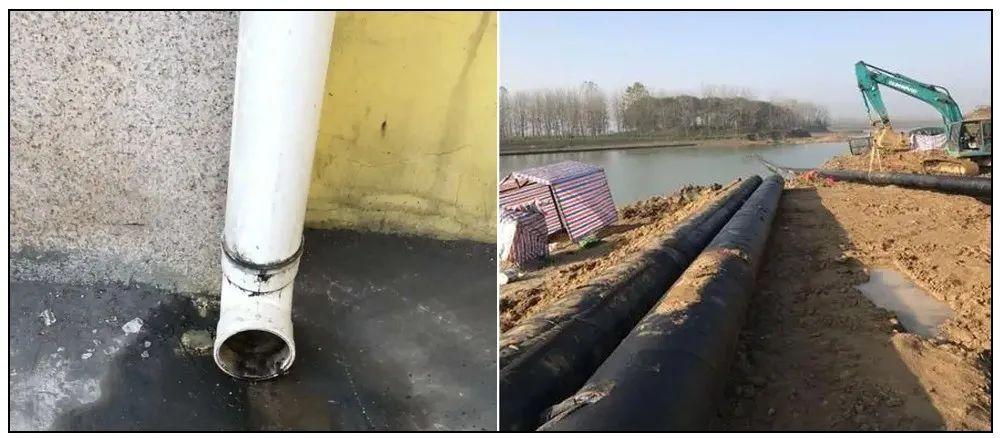En los sistemas de drenaje urbano, Las tuberías de agua de lluvia y las tuberías de aguas residuales son dos tipos de tuberías comunes pero completamente diferentes. Cada uno de ellos se encarga de descargar diferentes tipos de caudales de agua, Por lo tanto, hay diferencias obvias en los materiales, Diseño y funciones. A continuación se compararán los dos.
1. Diferentes materiales:
●Tuberías de agua de lluvia:
En general, hay cuatro tipos de materiales para las tuberías de agua de lluvia, es decir, cobre puro, PVC, Color Aluminio, Acero inoxidable, etc.
●Tuberías de aguas residuales:
Los materiales de las tuberías de aguas residuales generalmente se seleccionan para usar PE, PVC, hierro fundido, fibra, hormigón y otros materiales.
2. Diferentes formas:
●Tuberías de agua de lluvia:
En general, hay tres formas de tuberías de agua de lluvia, es decir, cuadrado, redondo y semicircular.
●Tuberías de aguas residuales:
La forma de las tuberías de aguas residuales es solo redonda.
3. Diferentes colores:
●Tuberías de agua de lluvia:
Los colores de las tuberías de agua de lluvia son relativamente ricos., Especialmente las tuberías de agua de lluvia hechas de aluminio de color incluso se pueden configurar de acuerdo con el color de la pared exterior.
●Tuberías de aguas residuales:
Los colores de las tuberías de aguas residuales comunes son generalmente blancos (PVC) y negro (PEI).
4. Diferentes usos:
●Tuberías de agua de lluvia:
Se utiliza principalmente para recoger y descargar agua de lluvia y agua de nieve derretida. Estas tuberías suelen estar conectadas a superficies como tejados, carreteras, y aceras para descargar el agua de lluvia de los sistemas de drenaje urbano para evitar inundaciones e inundaciones.
●Tuberías de aguas residuales:
Se utiliza para recoger y transportar aguas residuales generadas por la vida humana y las actividades industriales, incluidas las aguas residuales generadas en las cocinas, Baños, aseos, etc., así como las aguas residuales en la producción industrial.
5. Diferentes localizaciones:
●Tuberías de agua de lluvia:
Las tuberías de agua de lluvia generalmente se instalan en paredes exteriores para recolectar agua de lluvia de superficies como edificios y carreteras, y suelen estar dispuestos a lo largo de los bordes de carreteras o edificios.
●Tuberías de aguas residuales:
Las tuberías de aguas residuales generalmente se instalan en paredes interiores o subterráneas para recolectar aguas residuales de los edificios, lo que puede reducir el olor y la contaminación ambiental.
6. Diferente calidad del agua:
●Tuberías de agua de lluvia: El agua de lluvia suele ser relativamente limpia. Después de una filtración y sedimentación simples, Se puede descargar directamente en cuerpos de agua naturales como ríos, Lagos u océanos.
●Tuberías de aguas residuales: Las aguas residuales contienen diversas sustancias nocivas, incluidas las bacterias, productos químicos, materia orgánica, etc. Por lo tanto, Las tuberías de aguas residuales requieren sistemas de tratamiento y purificación más complejos para garantizar que la calidad del agua descargada cumpla con los estándares ambientales.
En resumen, La diferencia entre las tuberías de agua de lluvia y las tuberías de aguas residuales es que una se usa para tratar el agua de lluvia y la otra se usa para tratar las aguas residuales. Debido a la diferencia de uso, Hay muchas diferencias en las aplicaciones reales. Simplemente puedes entenderlos.
 Sistema de tubería de HDPE Zhongtong Proveedor profesional
Sistema de tubería de HDPE Zhongtong Proveedor profesional
